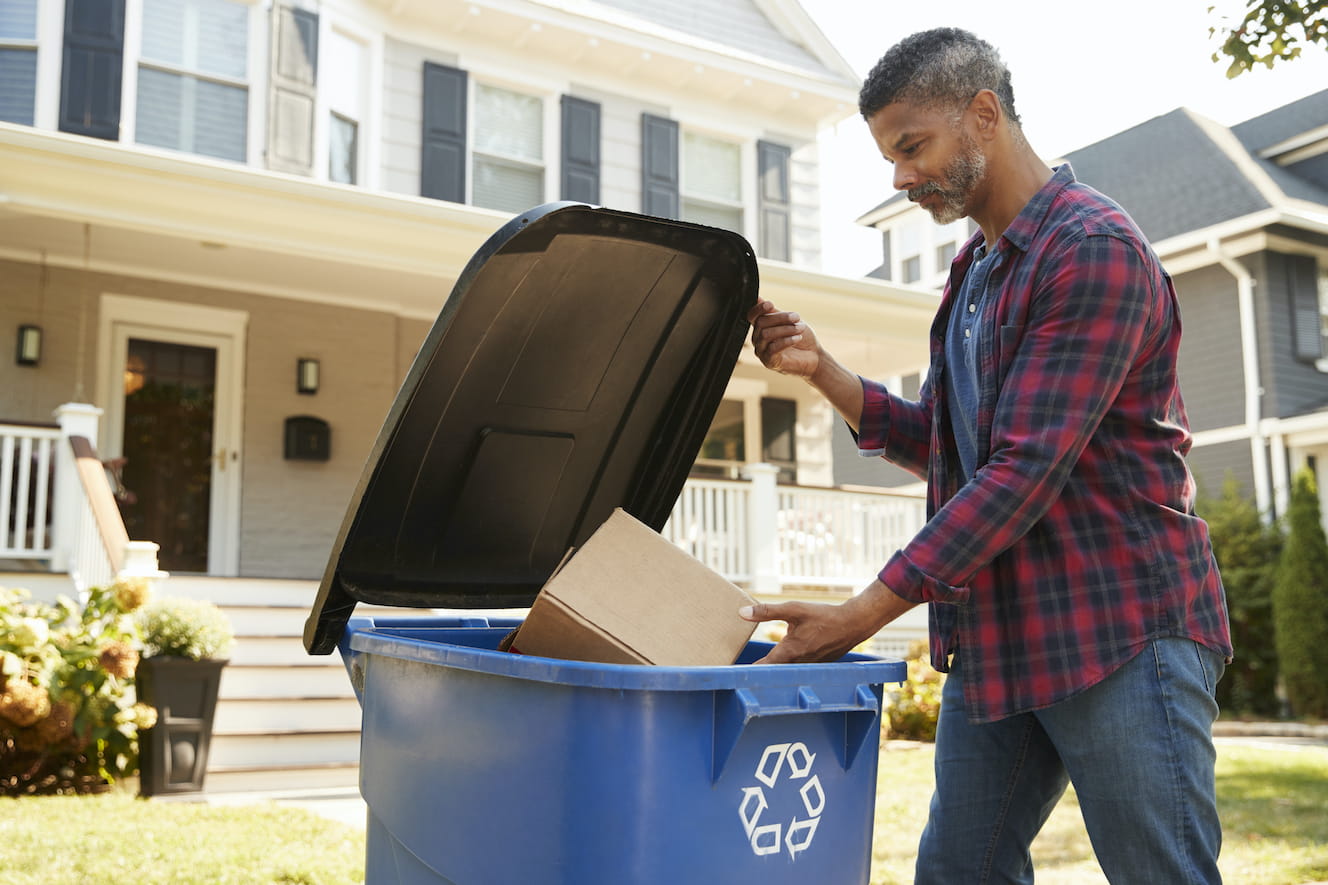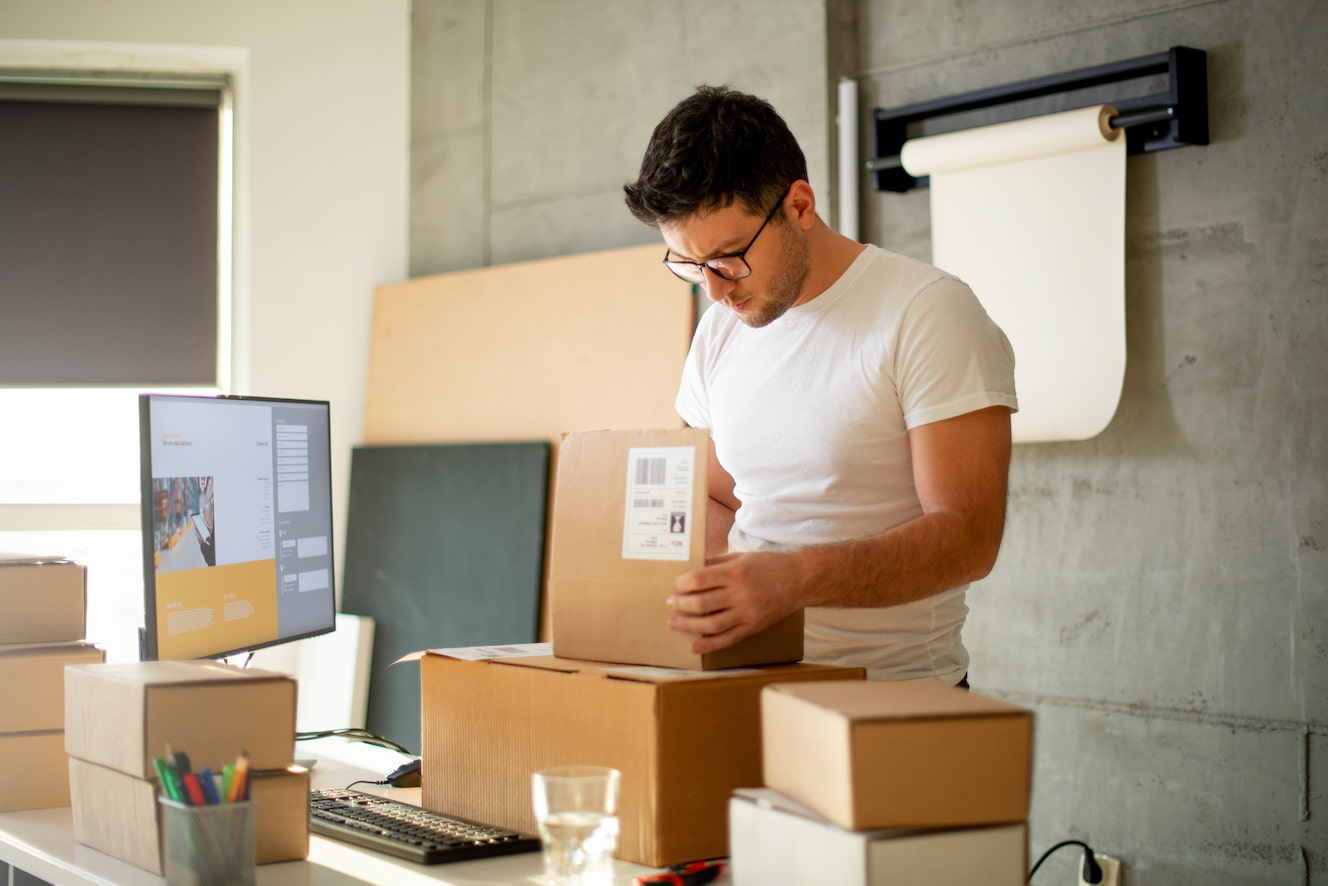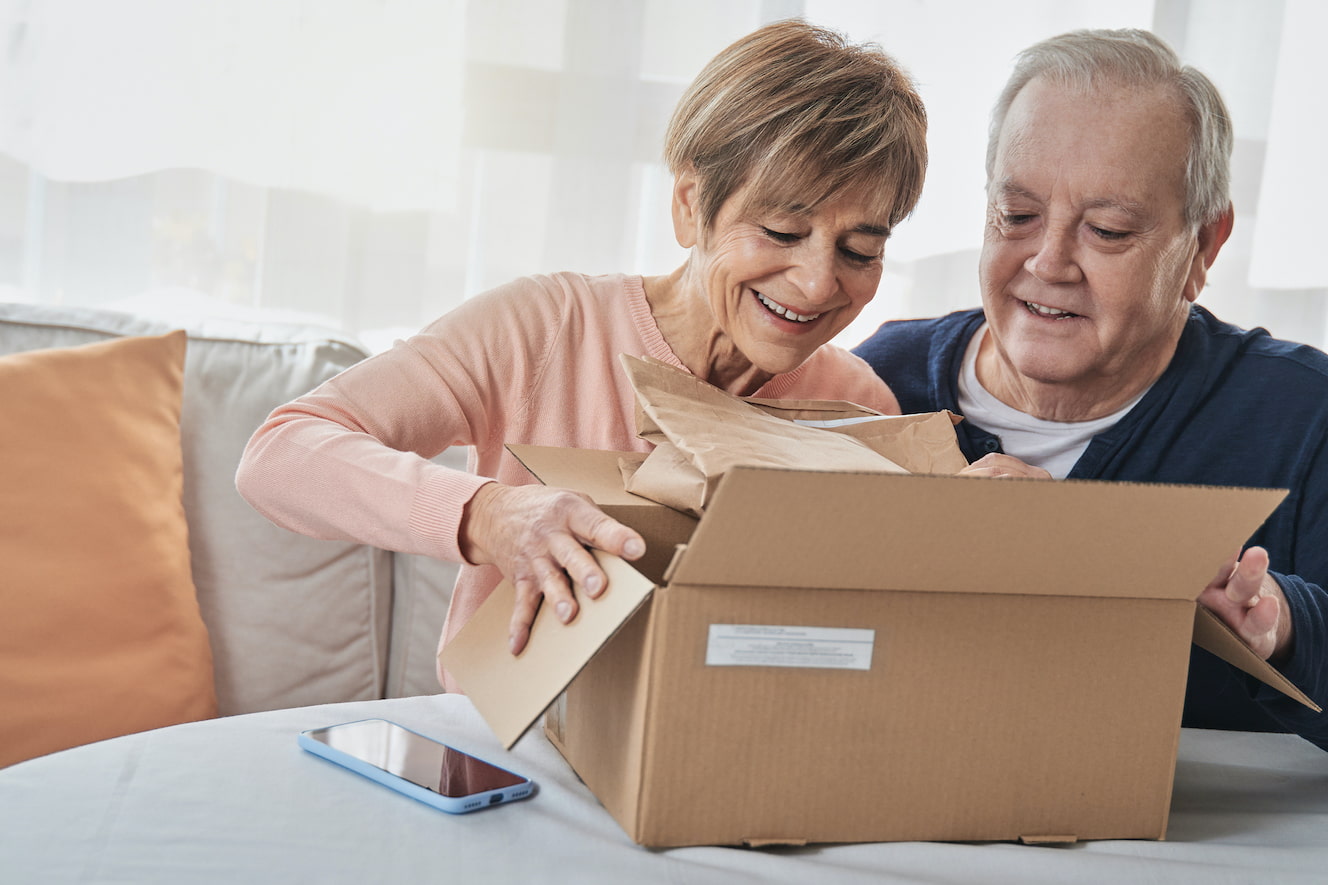5 Sustainable Packaging Techniques You Need to Try
by Arka

If you run a business and produce high-quality products, you might still be looking for ways to make them look more appealing to the customers. No matter how many methods you try, unless you focus on packaging, you can't get anywhere. Packaging is considered a separate business in today's time. Nowadays, it is becoming trendier and people are offering packaging services to clients from different places.
But before you go for packaging materials, you need to realize the importance of recycling or other items that are left out to be discarded. Therefore, you need to maximize the value of recycling. For this, you need to learn ways that will help you in sustainable packaging.
Sustainable packaging is the development and use of packaging which results in improved sustainability. There are many ways and methods of sustainable packaging, but the most effective ones are mentioned in this article. Let's read on to find out more.

What are the best methods of sustainable packaging?
Nowadays, companies all over the world are moving towards eco-friendly measures and sustainable solutions, addressing the growing challenges of pollution and global warming that have engulfed the entire planet. Whether you have a small business or a large one, sustainable packaging is the way to go. Not only will it have a positive impact on the environment, but it will also impress your customers. Let's have a look at the 5 best sustainable packaging techniques that you should try.
1. Recycling best practices
Sustainable packaging is a great service to offer your clients and an important way to protect the product that is inside the packaging. When it comes to materials, people often believe that plastic or cardboard materials aren't suitable for packaging. However, this is not true, because these are the materials that are highly recyclable. A wise thing is to make consumers aware of how to recycle them.
So, using plastic or cardboard is a favorable option, especially if you guide your customers on how to recycle them. You can even incentivize them by giving them a discount on the next order if they mail back the packaging. Also, plastic and cardboard are lightweight and easy to transport, further leading the entire process towards high sustainability and less wastage.

2. Plant-based packaging
This is another successful and sustainable packaging technique. For instance, if you are taking corn or mushroom products, use the byproducts to create faux plastic. Usually, it has very similar properties to normal plastic and can be used as a replacement for films, whole bottles, and other similar materials. Therefore, many companies use plant-based packaging methods as this is an environmentally friendly packaging technique.
Another feature of the material is the inks you are using. When you get anything printed on the packaging, the printers use a traditional or petroleum-based process that isn't very sustainable. Now, a wide range of printers offer plant-based inks, which are made from materials and ingredients like soy and oils from various products. Plant-based inks are good to use, as they are highly sustainable and eliminate the need for using petroleum. Also, they are much safer and biodegradable as compared to the older methods of printing.
Moreover, if you are using any plant-based objects, they can easily be colored with natural colors such as beetroot, so you can easily get a pink or a red color type of plastic.

3. Preventing waste
Two factors play very important roles in your packaging. One is that your packaging is sustainable and the other is the mode of transportation used for delivery. The transportation process goes from the manufacturer to the end consumer and if the product or the packaging is damaged during transport, it will most probably be thrown away.
So, if you have the same situation where you design packaging that somehow isn't durable or can't withstand the transportation process, then you will have the packaging and the product just be strung out. Therefore, even your sustainable packaging will become total waste, and that will also result in a significant loss for you.
You must use the proper packaging materials. For instance, if you use paper packaging, you might want to consider adding some form of external packaging, or a type of paper-based packaging that can withstand moisture. This can be plastic, plant-based plastic, or something else that can protect the product.

4. Size and weight
When we talk about sustainable packaging, it is also important to consider the size and weight of the package. However, the smaller the package will be, the more recyclable it will be. Plus, it will be easy to carry and have fewer chances of being damaged during transport. You can try to keep the packaging as light and small as possible. Of course, you can't do much about the product size and weight.
Heavier and larger packaging takes up more space and requires more fuel for delivery, so you are eventually placing a burden on the environment if you think about it. Therefore, size and weight play an important part in sustainable packaging.
5. Poly mailers
Poly mailers have become hugely popular recently. Not only are they a sustainable form of packaging, but they are also versatile and useful for a variety of applications in ecommerce. They aren't just meant for clothes, and can also be used in the shipping of towels, bedding, pillows, and hundreds of other products.
Poly mailers can also be used for rough and sharp products, as well as to protect shoe boxes from damage in transit. They come in various sizes, from big to bit size. They are highly preferred as they can be recycled easily and in many colors. Also, if you compare plastic, poly mailers tend to be cheaper and more unique as well.
This brings us to the end of our article. These are some of the important sustainable packaging techniques that you should know about, especially if you have a business and have to deal with packing thousands of products every day. By following these tips, you can reduce the damage to the environment, and also compel other businesses to do so.
Also, these methods appear to be highly versatile and highly flexible too as they easily do recycling and can be reused in major industries. Less packing materials ultimately leads to lower shipping costs and can help save money too.